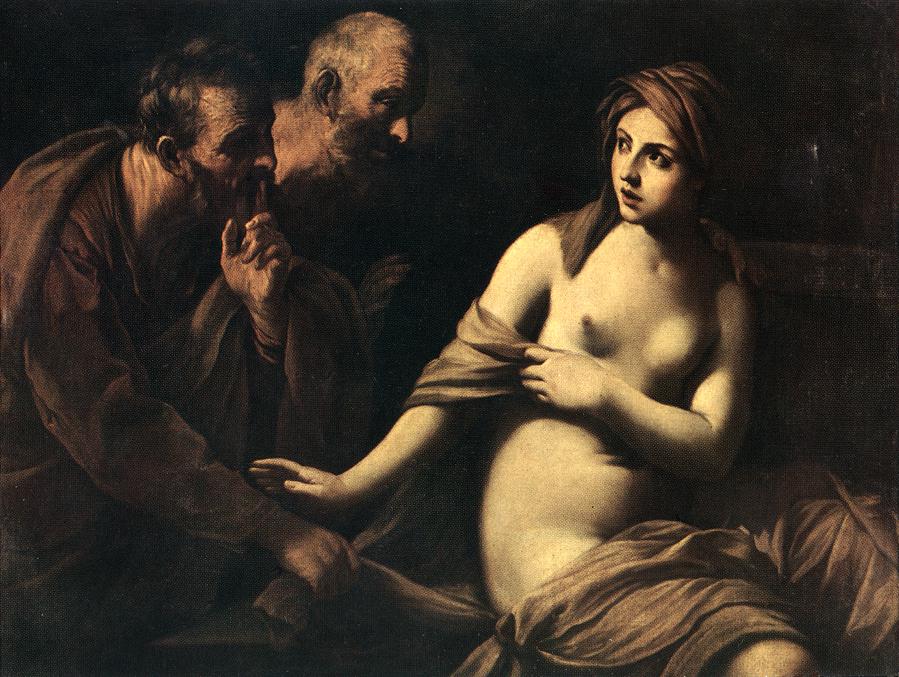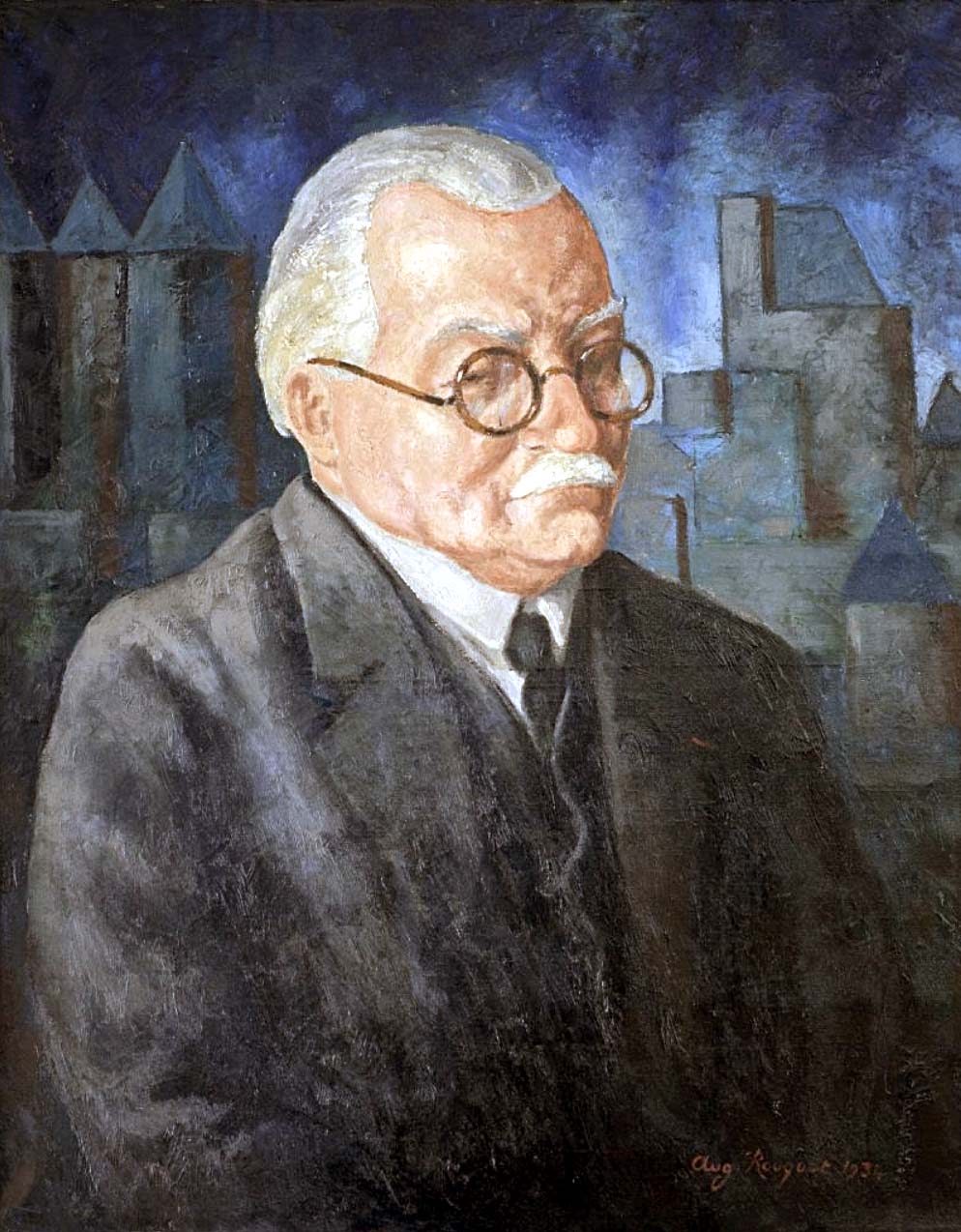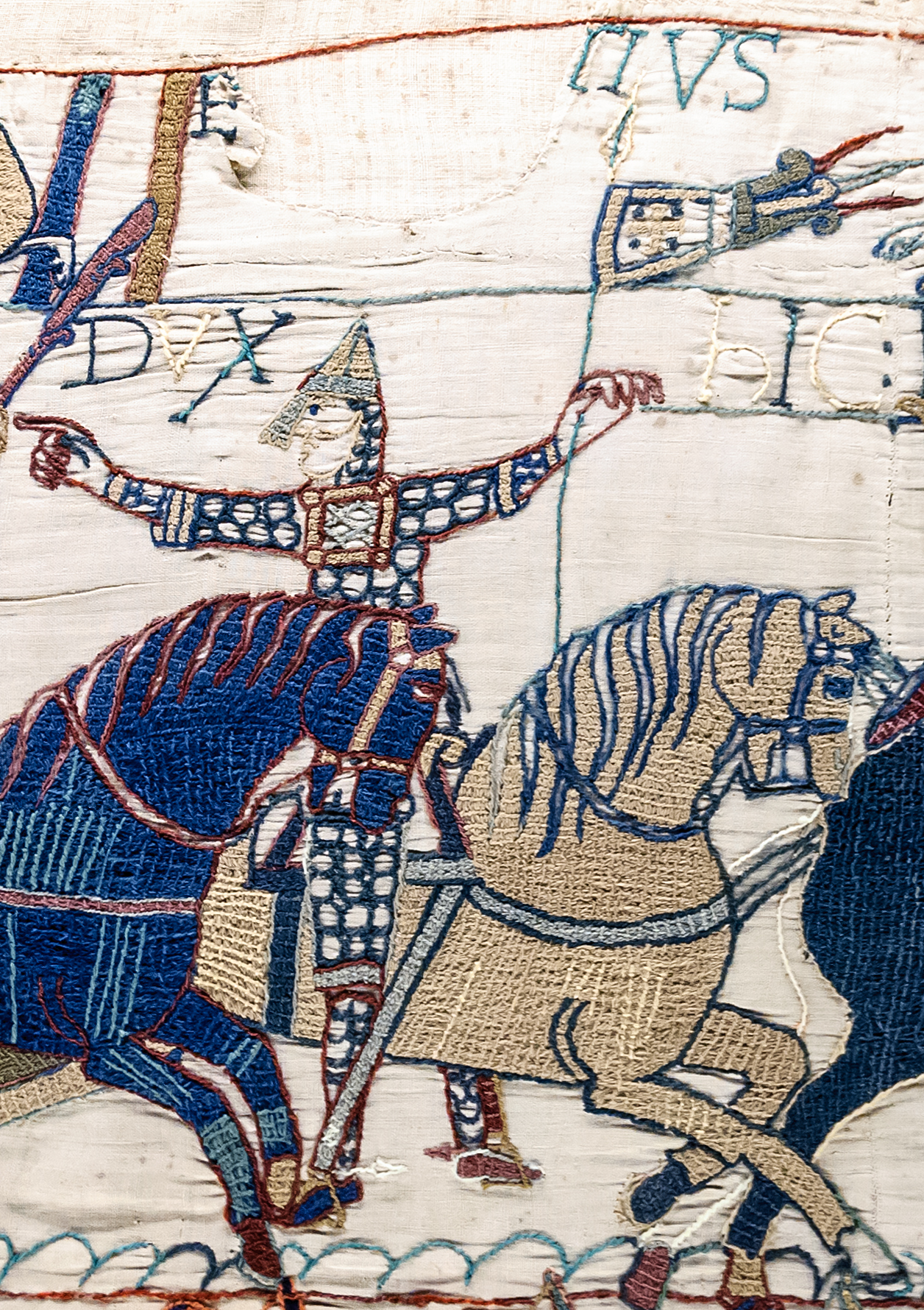|
Manuel Joaquim Machado Rebelo
Manuel Joaquim Machado Rebelo (29 March 1834 – 24 September 1930), most commonly known as the Abbot of Priscos ( pt, Abade de Priscos), was a Portuguese priest who is best known as a famous amateur cook and a gastronomic reference in 19th-century Portugal. He is today mostly remembered as the creator of ''Pudim Abade de Priscos'', a classic of Portuguese cuisine. Biography Manuel Joaquim Machado Rebelo was born on 29 March 1834, in the civil parish of Santa Maria de Turiz, Vila Verde, the son of Manuel José Machado and Teresa Angélica Rebelo, landowners and proprietors of the Quinta do Arco estate. He had two brothers, Luís Manuel Machado Rebelo, also a clergyman, and Francisco José Machado Rebelo, whose daughter Maria Amélia Machado Rebelo (d. 22 May 1954) lived with uncle Manuel Joaquim, and was devoted to him like a father. He studied Theology in the , in Braga, and, after being ordained, celebrated his first Mass on 27 January 1861. He was made a curate of , in Braga, ... [...More Info...] [...Related Items...] OR: [Wikipedia] [Google] [Baidu] |
Vila Verde
Vila Verde () is a municipality in the district of Braga in Portugal. The population in 2021 was 46,446,Instituto Nacional de Estatística in an area of 228.67 km².Áreas das freguesias, concelhos, distritos e país /ref> Vila Verde's current mayor, as of 26 September 2021, is Júlia Fernandes of the |
Susanna (Book Of Daniel)
Susanna (; : "lily"), also called Susanna and the Elders, is a narrative included in the Book of Daniel (as chapter 13) by the Catholic Church, Oriental Orthodox Churches and Eastern Orthodox Churches. It is one of the additions to Daniel, placed in the Apocrypha by Protestants, with Anabaptists, Lutherans, Anglicans and Methodists regarding it as non-canonical but useful for purposes of edification. The text is not included in the Jewish Tanakh and is not mentioned in early Jewish literature, although it does appear to have been part of the original Septuagint from the 2nd century BC, and was revised by Theodotion, a Hellenistic Jewish redactor of the Septuagint text ( 150 AD). Summary A fair Hebrew wife named Susanna was falsely accused by lecherous voyeurs. As she bathes in her garden, having sent her attendants away, two elders, having previously said goodbye to each other, bump into each other again when they spy on her bathing. The two men realize they both lust fo ... [...More Info...] [...Related Items...] OR: [Wikipedia] [Google] [Baidu] |
Prosper Montagné
Prosper Montagné (; 14 November 1865 – 22 April 1948) was one of the most renowned French chefs of the Belle Époque and author of many books and articles on food, cooking, and gastronomy, notably Larousse Gastronomique (1938), an encyclopedic dictionary of the French culinary arts. While Montagné was once as famous as his friend Auguste Escoffier, and was one of the most influential French chefs of the early twentieth century, his fame seems to have faded somewhat over the years. In the 1920s, Montagné, Escoffier, and Philéas Gilbert -- their close friend and collaborator, and an acclaimed chef and writer in his own right -- were the French chefs and culinary writers esteemed above others by many French journalists and writers. After Montagné's death, the chef and author Alfred Guérot's description of the troika as the "celebrated contemporary culinary trinity: Auguste Escoffier, the father; Philéas Gilbert, the son; Prosper Montagné, the spirit" reflects the reverence in ... [...More Info...] [...Related Items...] OR: [Wikipedia] [Google] [Baidu] |
Jules Gouffé
Jules Gouffé (1807 – 28 February 1877) was a renowned French chef and pâtissier. He was nicknamed ''l'apôtre de la cuisine décorative'' (french: The apostle of decorative cuisine). He had a deep impact on the evolution of French gastronomy by gathering an immense knowledge that he wrote down in his ''Le Livre de Cuisine'' and his ''Le Livre de Pâtisserie''. Revered by great names such as Bernard Loiseau and molecular gastronomy researchers, such as Hervé This, his legacy is still vibrant among cooks of today. Biography His learning began under the supervision of his father, who owned a ''pâtisserie'' (pastry shop) on Neuve Saint-Merri street, Paris. Gouffé became Antonin Carême's pupil at the age of 16, with whom he remained for seven years. Gouffé relates in his ''Livre de Pâtisserie'' that Carême who was passing by, stopped to admire the '' pièces montées'' that were on display, congratulating the proprietor and offering to take his son under his protection ... [...More Info...] [...Related Items...] OR: [Wikipedia] [Google] [Baidu] |
Marie-Antoine Carême
Marie Antoine (Antonin) Carême (; 8 June 178412 January 1833) was a French chef and an early practitioner and exponent of the elaborate style of cooking known as '' grande cuisine'', the "high art" of French cooking: a grandiose style of cookery favored by both international royalty and by the nouveau riche ("newly rich") of Paris. Carême is often considered one of the first internationally renowned celebrity chefs. Biography Abandoned by his parents in Paris in 1794 at the height of the French Revolution, he worked as a kitchen boy at a cheap Parisian chophouse in exchange for room and board. In 1798, he was formally apprenticed to Sylvain Bailly, a famous '' pâtissier'' with a shop near the Palais-Royal. The post-revolutionary Palais-Royal was a high-profile, fashionable neighborhood filled with vibrant life and bustling crowds. Bailly recognized his talent and ambition. By the time he was prepared to leave Bailly, he could stipulate that he should be free to leave his new e ... [...More Info...] [...Related Items...] OR: [Wikipedia] [Google] [Baidu] |
Haute Cuisine
''Haute cuisine'' (; ) or ''grande cuisine'' is the cuisine of "high-level" establishments, gourmet restaurants, and luxury hotels. ''Haute cuisine'' is characterized by the meticulous preparation and careful presentation of food at a high price. Early history ''Haute cuisine'' represents the cooking and eating of carefully prepared food from regular and premium ingredients, prepared by specialists, and commissioned by those with the financial means to do so. It has had a long evolution through the monarchy and the bourgeoisie and their ability to explore and afford prepared dishes with exotic and varied flavors and looking like architectural wonders. ''Haute cuisine'' distinguished itself from regular French cuisine by what was cooked and served, by obtaining premium ingredients such as fruit out of season, and by using ingredients not typically found in France. Trained kitchen staff was essential to the birth of ''haute cuisine'' in France, which was organized at the turn of ... [...More Info...] [...Related Items...] OR: [Wikipedia] [Google] [Baidu] |
Religious Festival
A religious festival is a time of special importance marked by adherents to that religion. Religious festivals are commonly celebrated on recurring cycles in a calendar year or lunar calendar. The science of religious rites and festivals is known as heortology. Ancient Roman Festivals ''(feriae)'' were an important part of Roman religious life during both the Republican and Imperial eras, and were one of the primary features of the Roman calendar. ''Feriae'' ("holidays" in the sense of "holy days") were either public ''(publicae)'' or private ''( privatae)''. State holidays were celebrated by the Roman people and received public funding. ''Feriae privatae'' were holidays celebrated in honor of private individuals or by families. The 1st-century BC scholar Varro defined ''feriae'' as "days instituted for the sake of the gods." A deity's festival often marked the anniversary ('' dies natalis,'' "birthday") of the founding of the deity's temple, or a rededication after a maj ... [...More Info...] [...Related Items...] OR: [Wikipedia] [Google] [Baidu] |
Embroider
Embroidery is the craft of decorating Textile, fabric or other materials using a sewing needle, needle to apply yarn, thread or yarn. Embroidery may also incorporate other materials such as pearls, beads, quills, and sequins. In modern days, embroidery is usually seen on caps, hats, coats, overlays, blankets, dress shirts, denim, dresses, stockings, scarfs, and golf shirts. Embroidery is available in a wide variety of yarn, thread or yarn colour. Some of the basic techniques or Embroidery stitch, stitches of the earliest embroidery are chain stitch, buttonhole stitch, buttonhole or blanket stitch, running stitch, satin stitch, and cross stitch. Those stitches remain the fundamental techniques of hand embroidery today. History Origins The process used to tailor, patch, mend and reinforce cloth fostered the development of sewing techniques, and the decorative possibilities of sewing led to the art of embroidery. Indeed, the remarkable stability of basic embroidery stitches h ... [...More Info...] [...Related Items...] OR: [Wikipedia] [Google] [Baidu] |
Tailor
A tailor is a person who makes or alters clothing, particularly in men's clothing. The Oxford English Dictionary dates the term to the thirteenth century. History Although clothing construction goes back to prehistory, there is evidence of tailor shops in Ancient Greece and Rome, as well as tailoring tools such as irons and shears. The profession of tailor in Europe became formalized in the High Middle Ages through the establishment of guilds. Tailors' guilds instituted a system of masters, journeymen, and apprentices. Guild members established rules to limit competition and establish quality standards. In 1244, members of the tailor's guild in Bologna established statutes to govern their profession and required anyone working as a tailor to join the guild. In England, the Statute of Artificers, passed in 1563, included the profession of tailor as one of the trades that could be entered only by serving a term of apprenticeship, typically seven years. A typical tailor sh ... [...More Info...] [...Related Items...] OR: [Wikipedia] [Google] [Baidu] |
Sacred Mysteries
Sacred mysteries are the areas of supernatural phenomena associated with a divinity or a religious belief and praxis. Sacred mysteries may be either: # Religious beliefs, rituals or practices which are kept secret from the uninitiated. # Beliefs of the religion which are public knowledge but cannot be easily explained by normal rational or scientific means. Although the term "mystery" is not often used in anthropology, access by initiation or rite of passage to otherwise secret beliefs is an extremely common feature of indigenous religions all over the world. A mystagogue or hierophant is a holder and teacher of secret knowledge in the former sense above, while mysticism may be defined as an area of philosophical or religious thought focusing on mysteries in the latter sense. Greece and Rome The mystery religions of antiquity were religious cults which required initiation of an "initiate" or new member before they were accepted, and sometimes had different levels of initia ... [...More Info...] [...Related Items...] OR: [Wikipedia] [Google] [Baidu] |
Cinematograph
Cinematograph or kinematograph is an early term for several types of motion picture film mechanisms. The name was used for movie cameras as well as film projectors, or for complete systems that also provided means to print films (such as the Cinématographe Lumière). History A device by this name was invented and patented as the "Cinématographe Léon Bouly" by French inventor Léon Bouly on February 12, 1892. Bouly coined the term "cinematograph," from the Greek for "writing in movement."Abel, Richard. Encyclopedia of Early Cinema. 1st ed. London: Routledge, 2004. Due to a lack of money, Bouly could not develop his ideas properly and maintain his patent fees, so the Lumière brothers were free to adopt the name. In 1895, they applied it to a device that was mostly their own invention. The Lumière brothers made their first film, '' Workers Leaving the Lumière Factory'' (''Sortie de l'usine Lumière de Lyon''), that same year. The first commercial, public screening of ci ... [...More Info...] [...Related Items...] OR: [Wikipedia] [Google] [Baidu] |
Magic Lantern
The magic lantern, also known by its Latin name , is an early type of image projector that used pictures—paintings, prints, or photographs—on transparent plates (usually made of glass), one or more lens (optics), lenses, and a light source. Because a single lens inverts an image projected through it (as in the phenomenon which inverts the image of a camera obscura), slides were inserted upside down in the magic lantern, rendering the projected image correctly oriented. It was mostly developed in the 17th century and commonly used for entertainment purposes. It was increasingly used for education during the 19th century. Since the late 19th century, smaller versions were also mass-produced as toys. The magic lantern was in wide use from the 18th century until the mid-20th century when it was superseded by a compact version that could hold many 35 mm photographic slides: the slide projector. Technology Apparatus The magic lantern used a concave mirror behind a light s ... [...More Info...] [...Related Items...] OR: [Wikipedia] [Google] [Baidu] |







